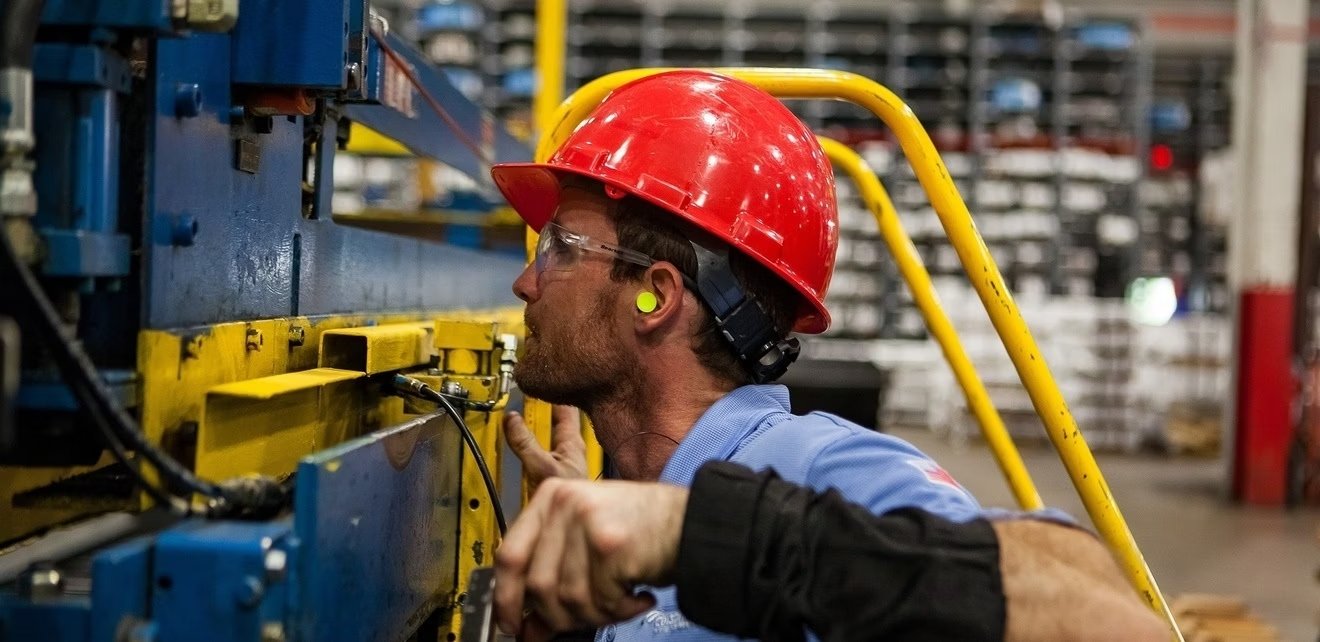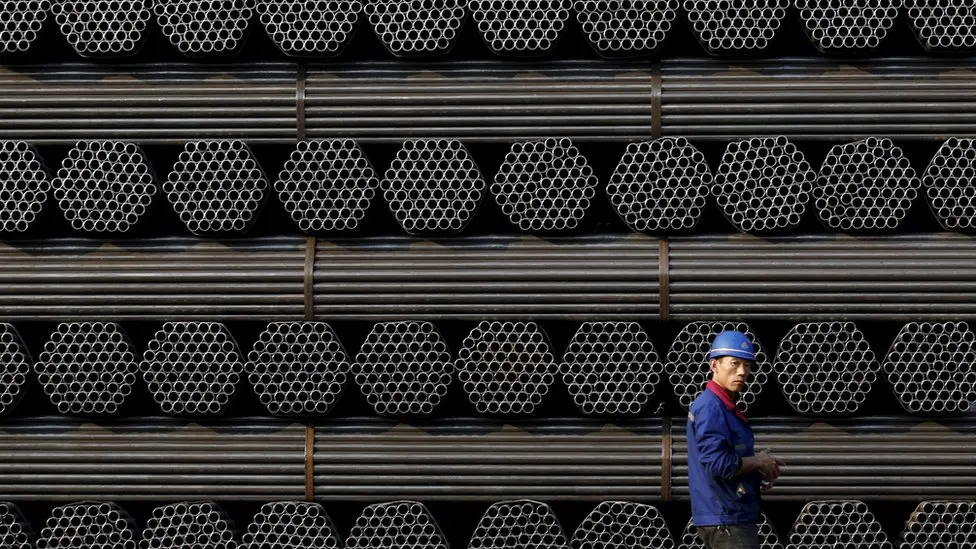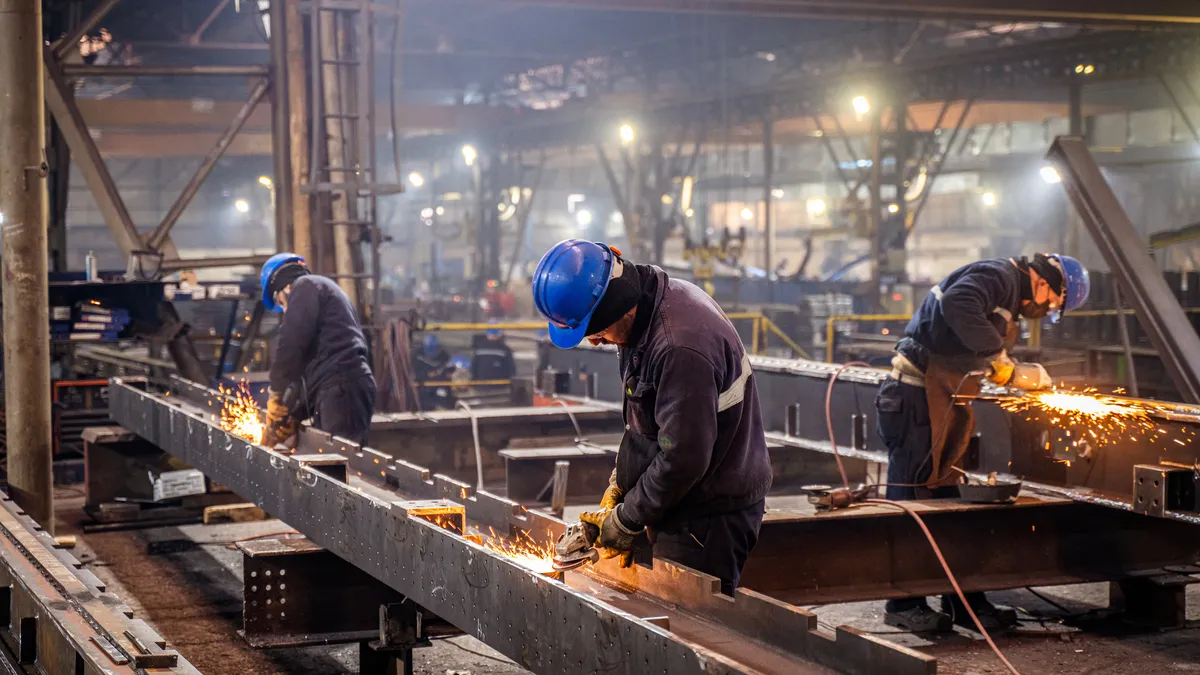THE BLOG

November 24, 2024
In the competitive world of metal CNC precision manufacturing, precision and quality are paramount. With ever-increasing demands for tighter tolerances and superior finishes, manufacturers rely on advanced inspection tools to ensure their products meet exacting standards. This blog explores the top 10 inspection tools indispensable for the metal CNC precision industry, detailing their functions, applications, and benefits in maintaining quality control.

November 23, 2024
America is currently grappling with a significant labor shortage that is reshaping industries, influencing economic growth, and prompting businesses to rethink their workforce strategies. This labor crunch is not confined to a single sector but spans various industries, each experiencing unique challenges and opportunities. Understanding the root causes, the most impacted sectors, and potential solutions is crucial for navigating this complex landscape.

November 21, 2024
Steel overcapacity has become an escalating global issue, with far-reaching effects on the stability and sustainability of steel industries worldwide. As highlighted by the Organisation for Economic Co-operation and Development (OECD)’s Global Forum on Steel Excess Capacity (GFSEC) in its October 8th Ministerial Statement, the problem of steel overcapacity poses a severe risk to the global steel market. Non-market policies, particularly from China, are exacerbating this issue, leading to economic disruptions, job losses, and strategic vulnerabilities across steel-producing nations. This blog explores the origins, impacts, and necessary actions to address this crisis.

November 19, 2024
The iron and steel industry in Malaysia is a cornerstone of the country’s economic development, playing a pivotal role in supporting the infrastructure needs that drive growth. From highways and bridges to high-rise buildings and rail systems, the industry’s impact on national infrastructure is vast and vital. In this post, we’ll explore the growth trajectory of Malaysia's steel sector, current industry players, structural challenges, and how the industry is working towards a sustainable and green future.

November 15, 2024
Malaysia is rapidly emerging as a hub for precision engineering and metal fabrication, fueled by technological advancements, skilled labor, and a thriving manufacturing industry. At [Your Company Name], we proudly stand as one of the leading metal fabricators in the region, offering unparalleled expertise, state-of-the-art machinery, and a commitment to delivering top-notch results for our clients across various industries.
In this blog post, we’ll walk you through why [Your Company Name] is the go-to choice for businesses looking for high-quality metal fabrication services in Malaysia. From our cutting-edge CNC and metal sheet machinery to our comprehensive approach to production, we are equipped to handle projects of any scale and complexity.

November 15, 2024
In today's manufacturing landscape, companies face increasing pressure to reduce labor costs while maintaining high levels of productivity. With global competition rising and consumer expectations shifting toward fast, affordable, and high-quality products, businesses must adopt strategic practices to remain profitable. This article explores effective methods for reducing labor costs in manufacturing while preserving – and even enhancing – operational efficiency and product quality.
